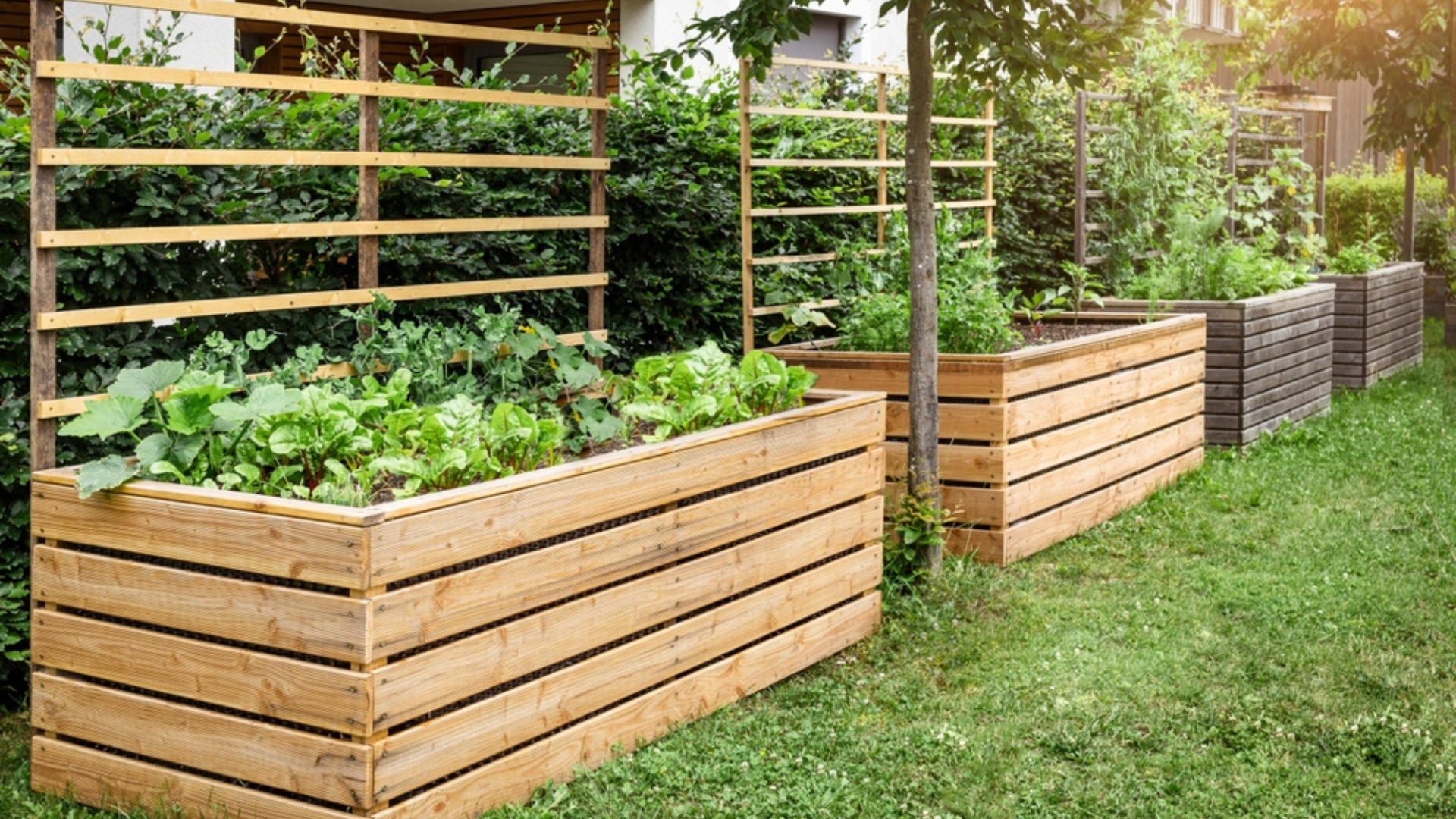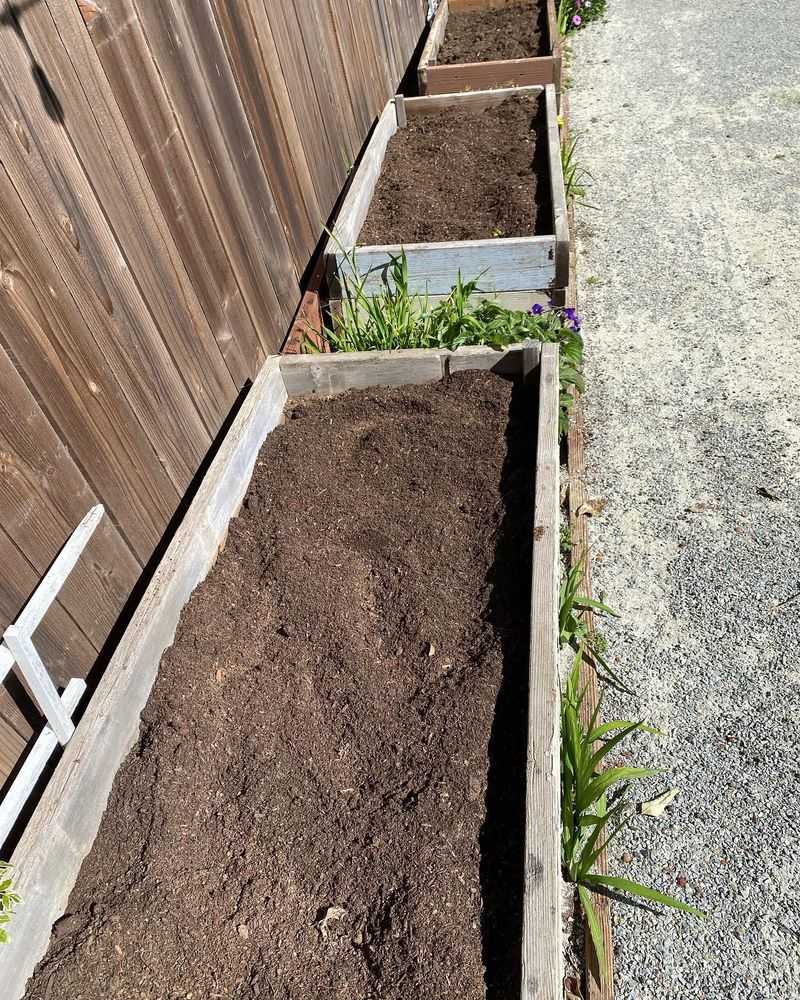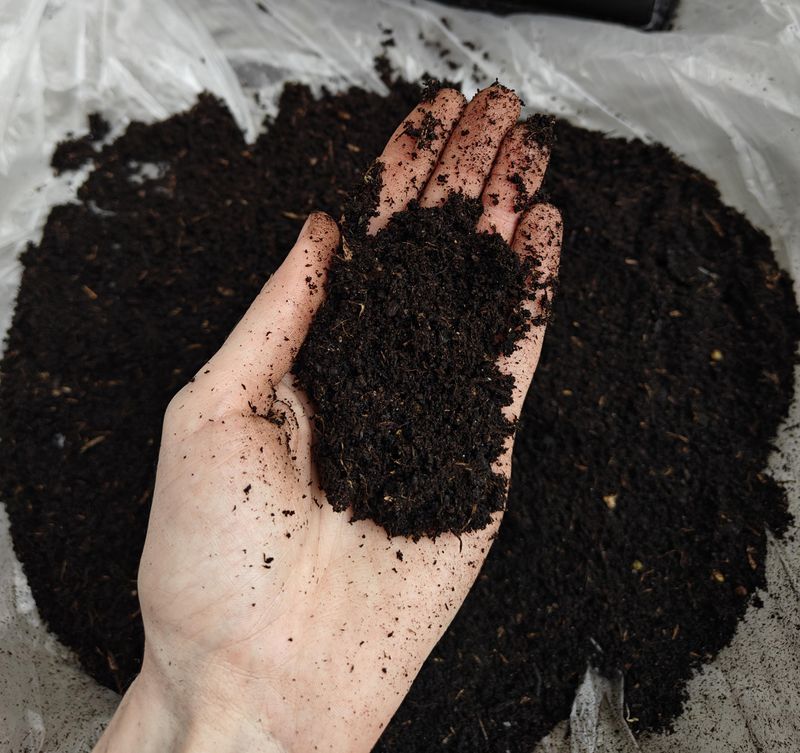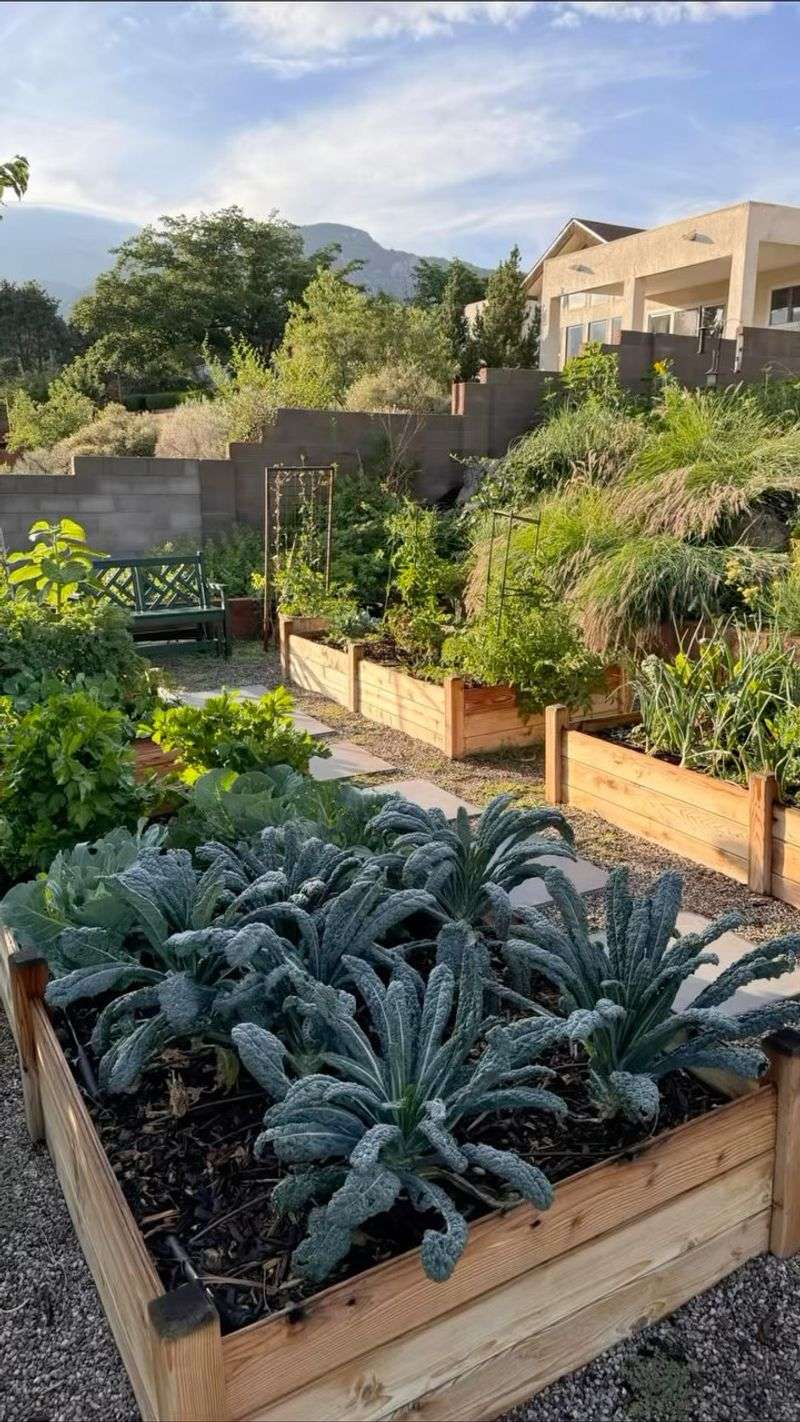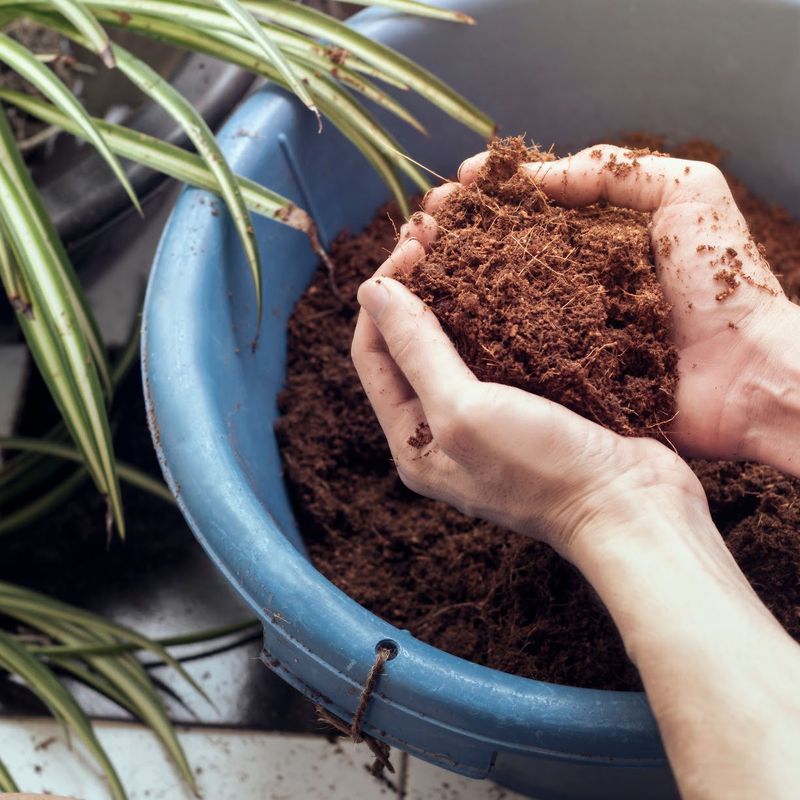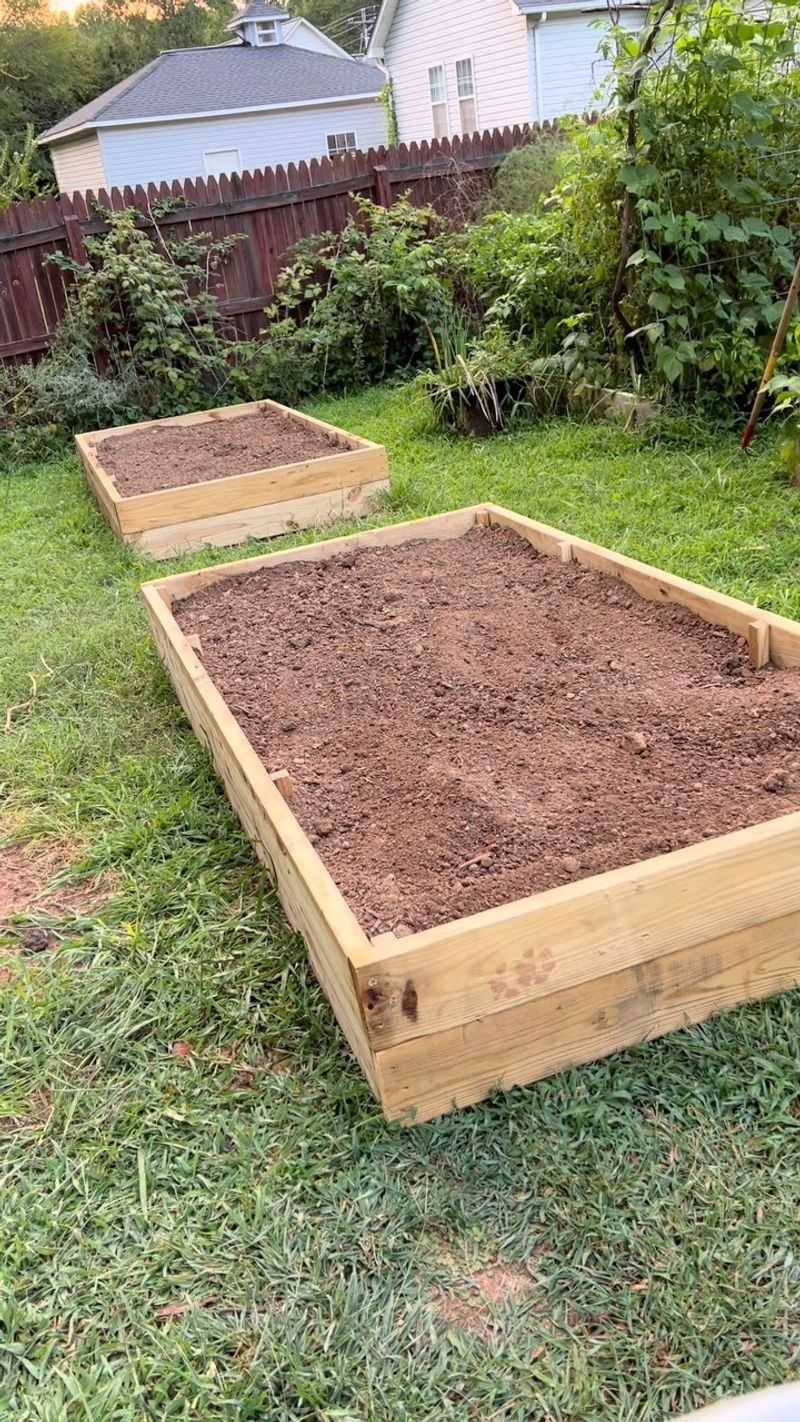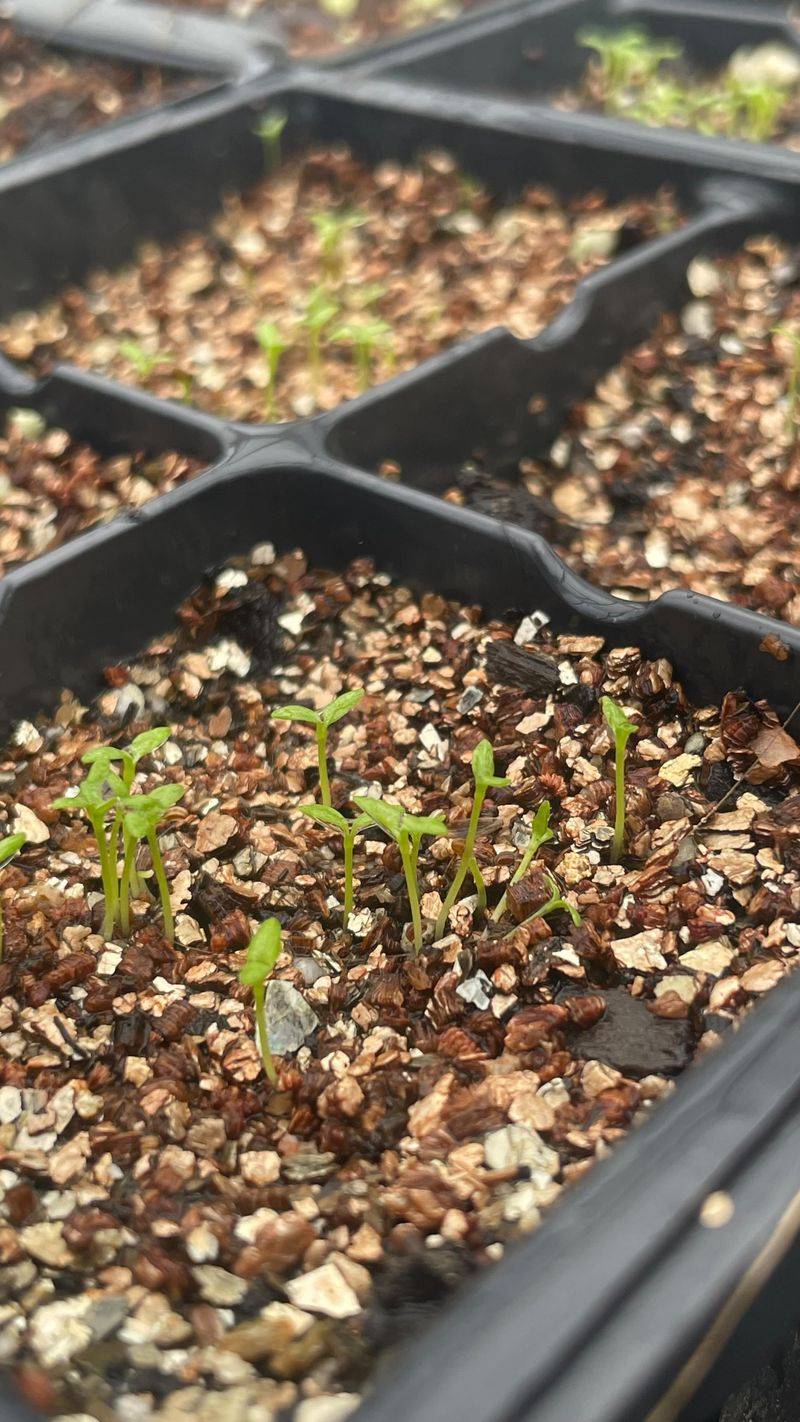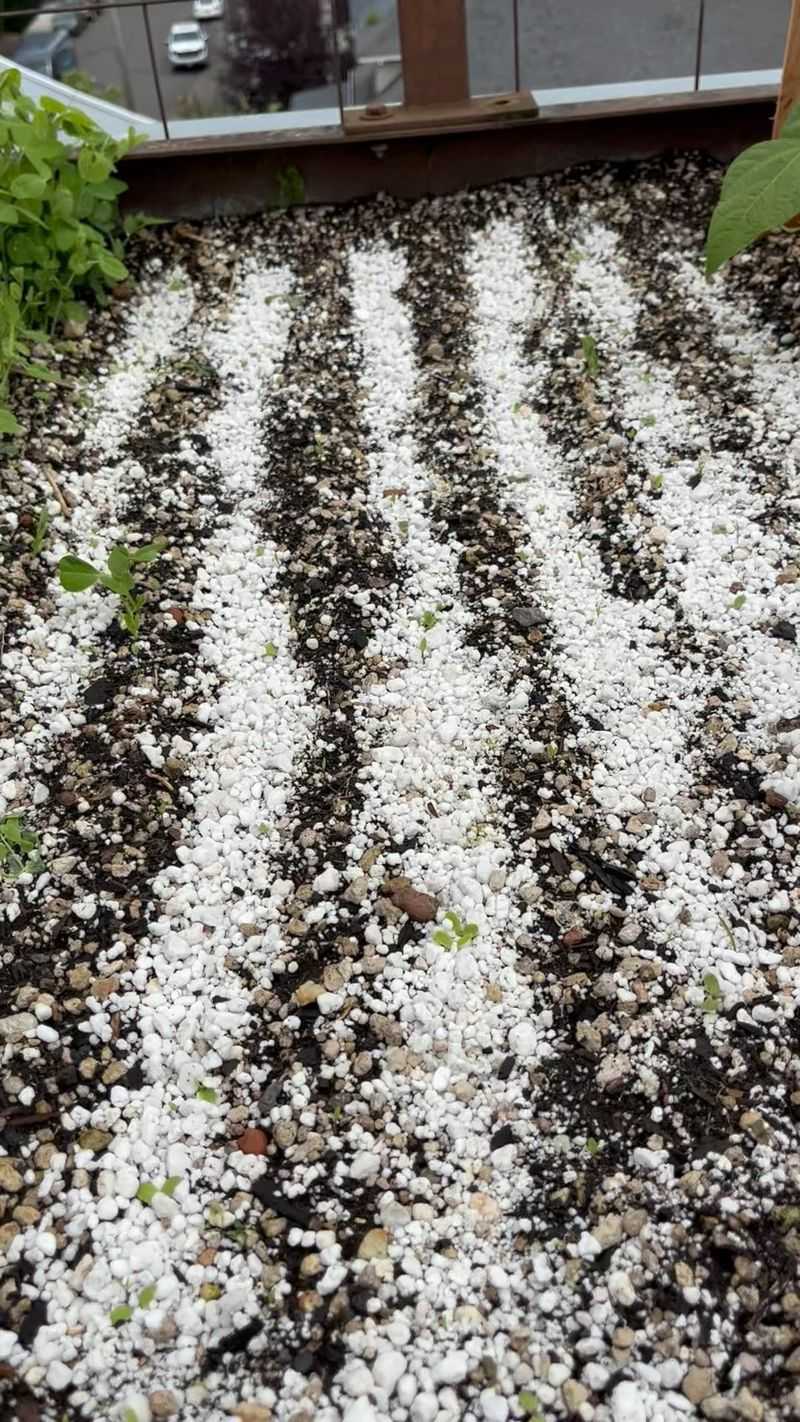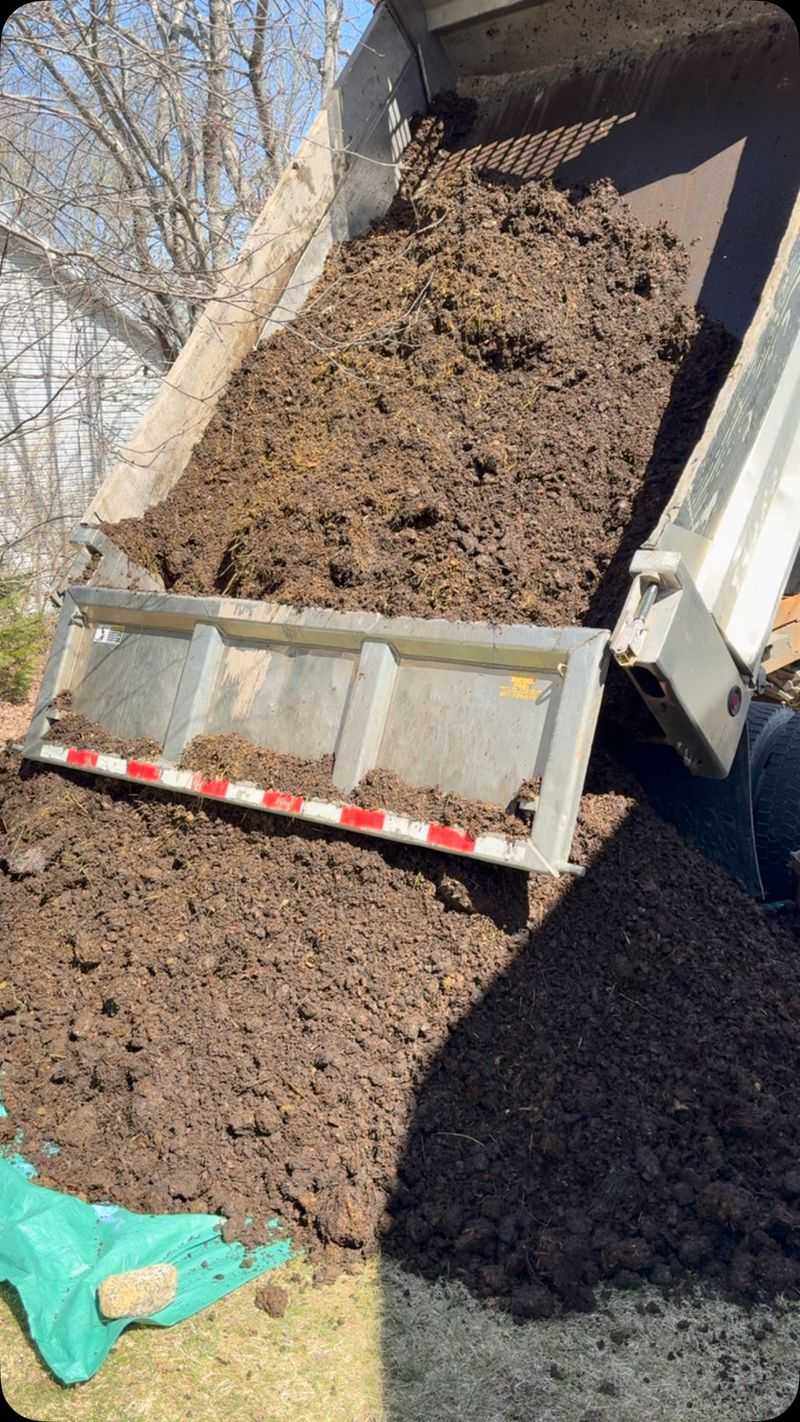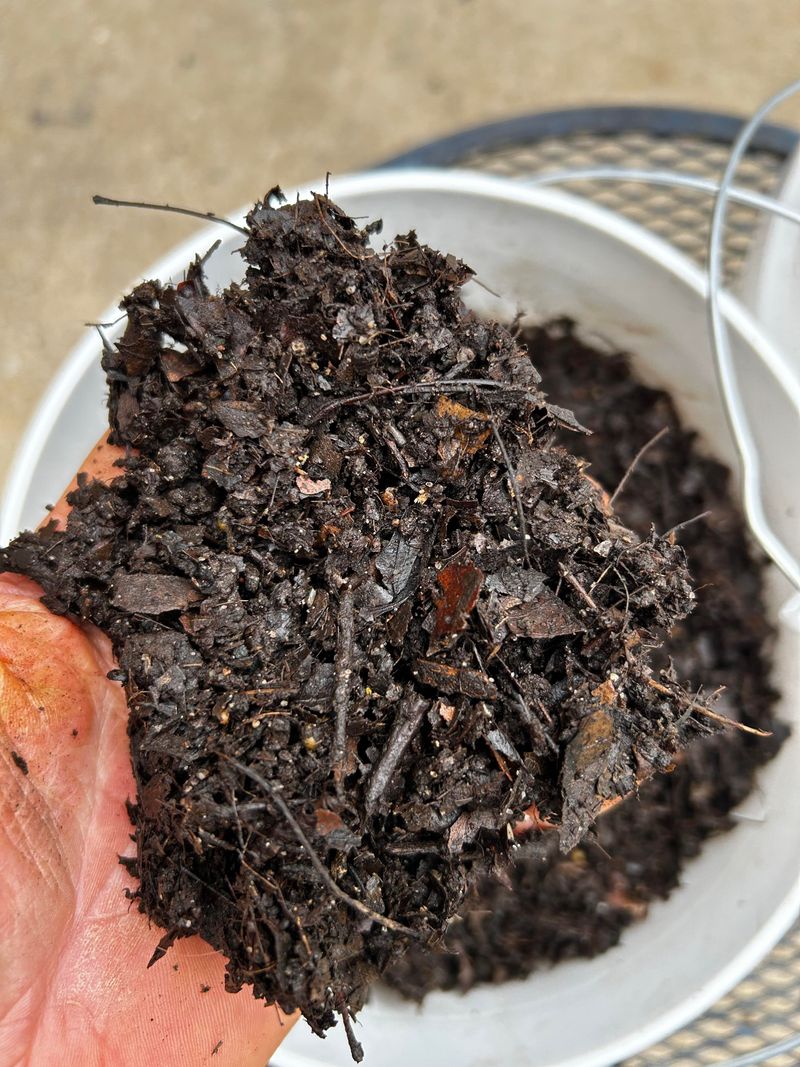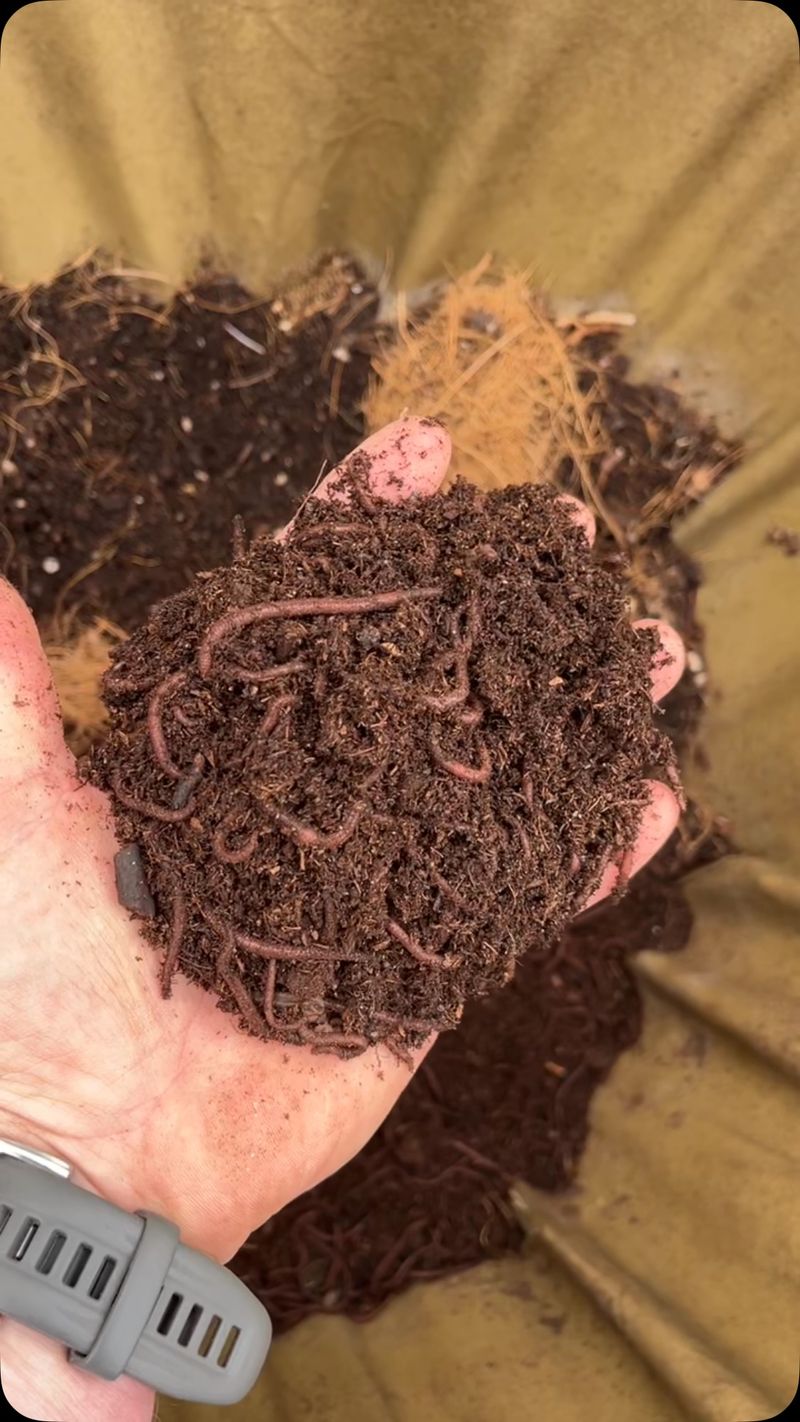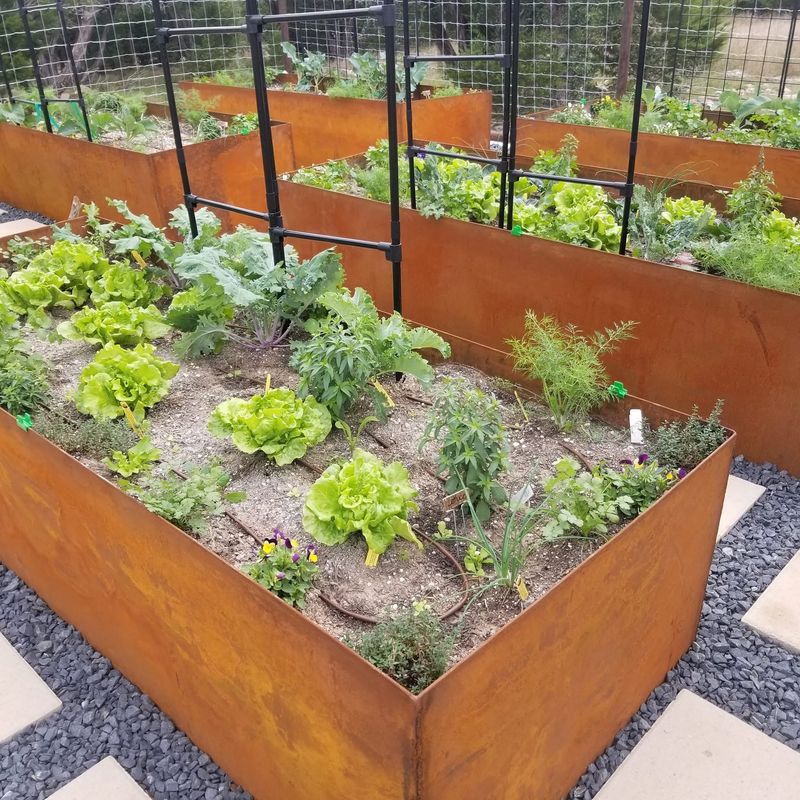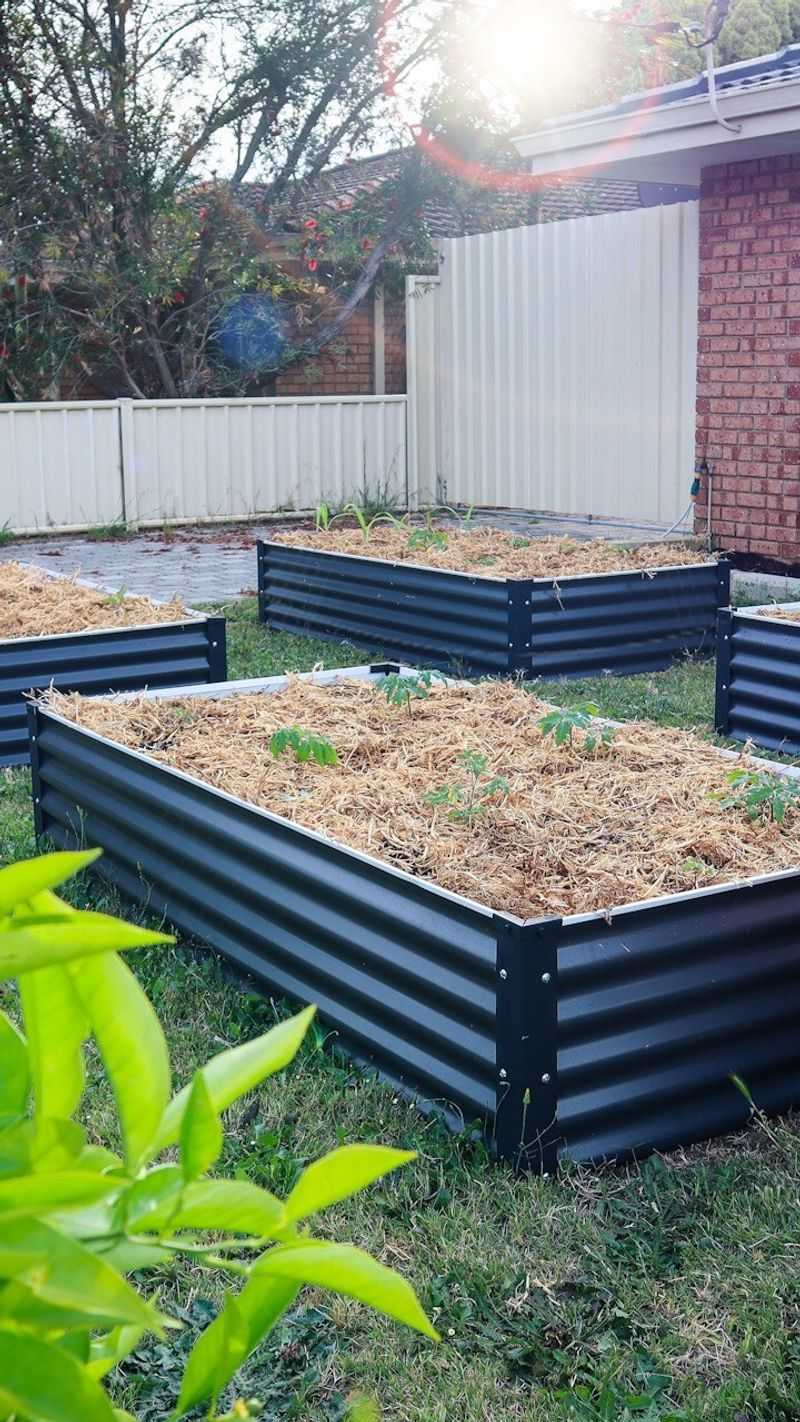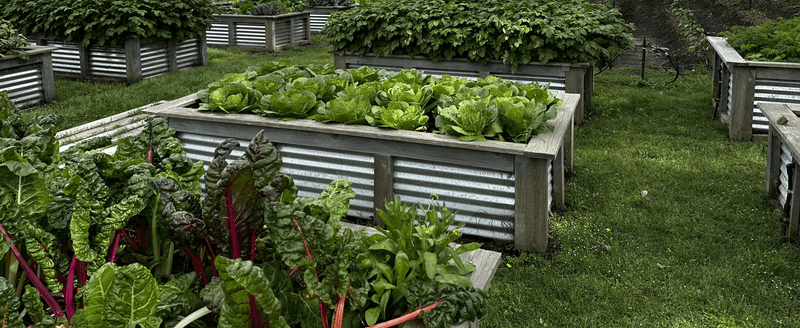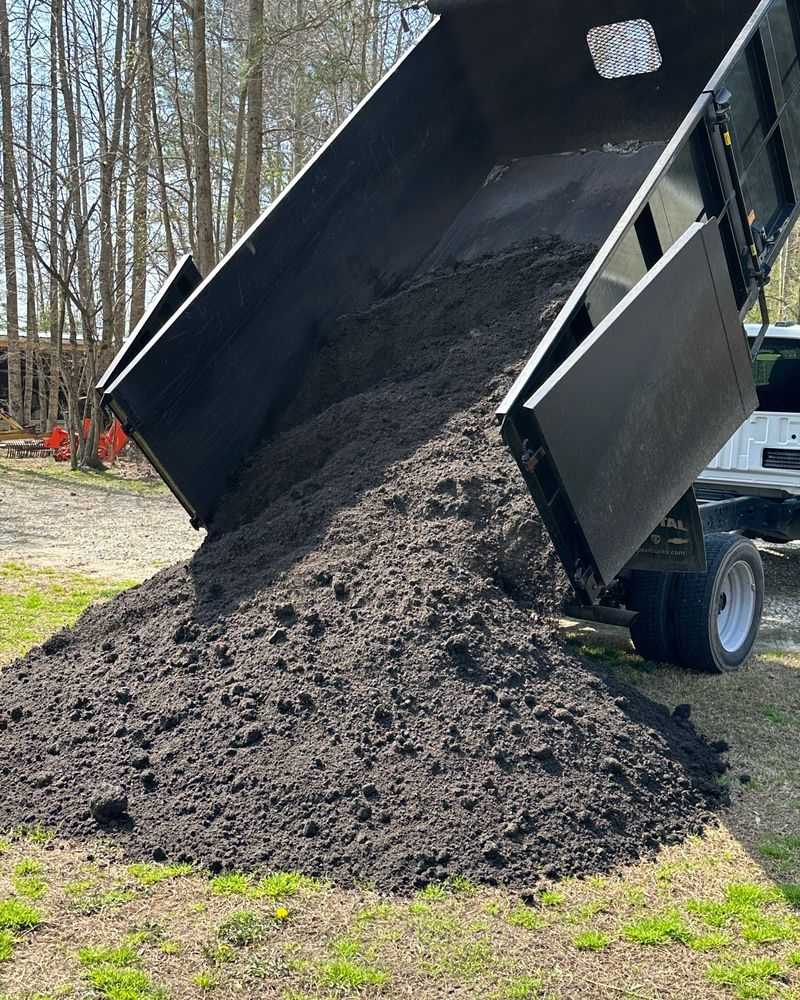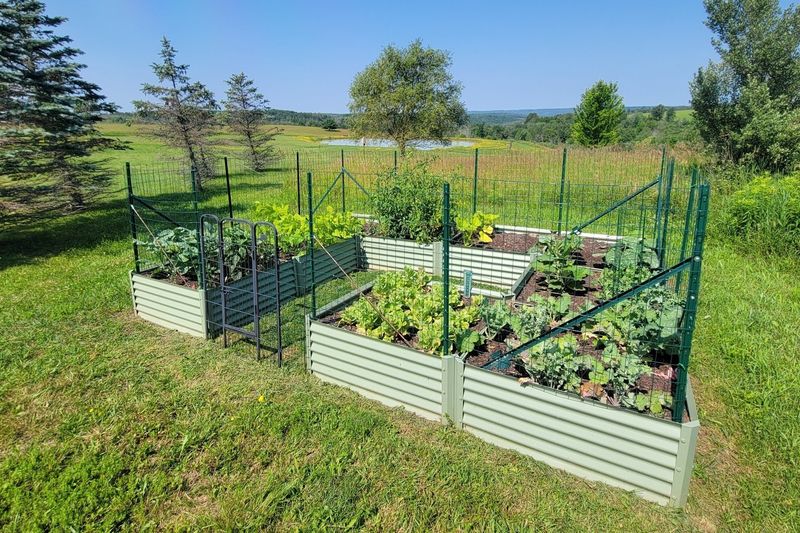Choosing the right soil is key to a thriving raised garden bed. The best soils provide good drainage, plenty of nutrients, and the right texture to support plant growth. However, not all soils are created equal, and some can cause more harm than good. In this guide, we’ll explore 10 of the best soil options for your raised garden beds and highlight 5 that should be avoided to ensure your plants grow strong and healthy.
1. Garden Loam
Garden loam is the gold standard for many gardeners. It’s a balanced mixture of sand, silt, and clay, which makes it perfect for retaining moisture while providing good drainage.
Imagine touching this earthy mix with your hands; it feels soft yet firm, promising the perfect balance.
Its fertility supports diverse plant life, from vegetables to flowers, offering a nurturing cradle for roots to spread.
2. Compost
Compost is nature’s recycling at its finest. This rich, dark soil conditioner is crafted from decomposed organic materials like kitchen scraps and yard waste.
Its crumbly texture teems with nutrients and beneficial microbes, enhancing soil structure and fertility.
Using compost can turn your raised bed into a thriving ecosystem, effortlessly supporting plant growth while reducing waste.
3. Topsoil
Topsoil forms the uppermost layer of soil and is where most plant roots thrive. With its rich, dark appearance, topsoil is often considered the foundation of any garden bed.
It provides essential nutrients and organic matter that support plant growth.
Spread evenly in raised beds, topsoil helps maintain soil structure and moisture, creating a welcoming environment for plant roots.
4. Peat Moss
Peat moss is a beloved soil amendment known for its ability to retain moisture. Originating from decomposed sphagnum moss, it feels soft and spongy to the touch.
Though nutrient-poor, its addition can improve water retention and aeration in sandy or compacted soils. This makes peat moss a valuable ally in maintaining consistent soil conditions for plant growth.
5. Coconut Coir
Coconut coir, made from coconut husks, is a sustainable alternative to peat moss. It retains moisture well while allowing for adequate drainage, making it ideal for raised beds.
This eco-friendly choice is also resistant to decay, providing long-lasting benefits. It’s gentle on young roots, creating a cozy, nurturing environment for seedlings to flourish.
6. Vermiculite
Vermiculite is a shiny, mica-like mineral that enhances soil aeration and moisture retention. Its lightweight structure makes it easy to mix into soil, providing small air pockets that encourage root growth.
Ideal for starting seeds or improving soil texture, vermiculite can transform compacted soils, making sure plants have the space to thrive and absorb nutrients efficiently.
7. Perlite
Perlite is a volcanic mineral that looks like tiny, white pearls. These airy particles increase soil aeration and prevent compaction, allowing roots to breathe easily.
With its excellent drainage properties, perlite is perfect for preventing over-watering in garden beds.
Using perlite helps create a light, fluffy mix that supports robust plant growth and healthy root development.
8. Aged Manure
Aged manure is a natural fertilizer that provides a rich source of nutrients to garden soil. Once composted, it breaks down into a dark, crumbly material that enriches the soil without the risk of burning plants.
Aged manure boosts soil fertility, supports microbial life, and enhances water retention, making it a prized addition to any gardener’s toolkit.
9. Leaf Mold
Leaf mold is a gardener’s secret weapon for improving soil structure. Made from decomposed leaves, it’s light, fluffy, and rich in organic matter.
This natural mulch retains moisture and enhances soil aeration, creating an inviting home for earthworms and beneficial microbes.
Leaf mold transforms ordinary soil into a thriving, life-sustaining environment for plants.
10. Worm Castings
Worm castings are an excellent choice for raised garden beds due to their high nutrient content, including essential minerals like nitrogen, phosphorus, and potassium.
They improve soil structure by enhancing aeration and water retention, ensuring that roots have better access to both air and moisture.
Rich in beneficial microorganisms, worm castings help promote a healthy soil ecosystem, boosting plant growth and resilience.
11. Clay Soil – Poor Drainage
Clay soil can be a headache for gardeners, thanks to its poor drainage and tendency to become compacted. Water gets trapped in the dense texture, leaving plant roots suffocated and thirsty for oxygen.
This can quickly lead to root rot and stunted growth.
To fix this, mix in organic matter to help break up the clay and improve water flow, giving your plants the breathing room they need to thrive.
12. Sandy Soil – Lacks Nutrients
Sandy soil might be great for drainage, but it often lacks the nutrients plants need to thrive. Its loose texture causes water and nutrients to drain too quickly, leaving roots starving for sustenance.
Without proper amendment, sandy soil can lead to weak, undernourished plants. To improve it, add organic matter like compost to help retain moisture and essential nutrients.
With a little TLC, sandy soil can become a productive foundation for your garden.
13. Heavy, Unamended Topsoil – Compacted, Nutrient-Poor
Heavy, unamended topsoil can be a real challenge for gardeners, as it’s often compacted and nutrient-poor. The dense texture makes it hard for plant roots to penetrate, restricting water and air flow.
Without the addition of organic matter, this soil can leave plants struggling to grow and absorb nutrients. Over time, compacted topsoil can lead to poor drainage and root suffocation.
Amend with compost or other soil conditioners to loosen the soil and improve its fertility.
14. Salty Soil – Root Damage
Salty soil is a nightmare for plants, as excessive salt can cause severe root damage. The high salt concentration pulls moisture away from the roots, causing dehydration and stunted growth.
Over time, salt buildup can burn plant roots, weakening them and even leading to plant death. This issue is common in coastal areas or with overuse of chemical fertilizers.
To fix salty soil, leach it with plenty of water and add organic matter to improve its structure and reduce salt levels.
15. Rocky Soil – Restricts Root Growth
Rocky soil can make gardening a challenge, as the rocks restrict root growth and limit space for plants to spread. The irregular texture prevents roots from establishing deep, stable anchors, leading to weak and shallow growth.
This lack of root depth makes plants more vulnerable to drought and nutrient deficiencies. In addition, the rocks make it harder for soil amendments to be properly integrated.
To improve rocky soil, remove larger stones and add organic matter to create a more welcoming environment for roots to thrive.

